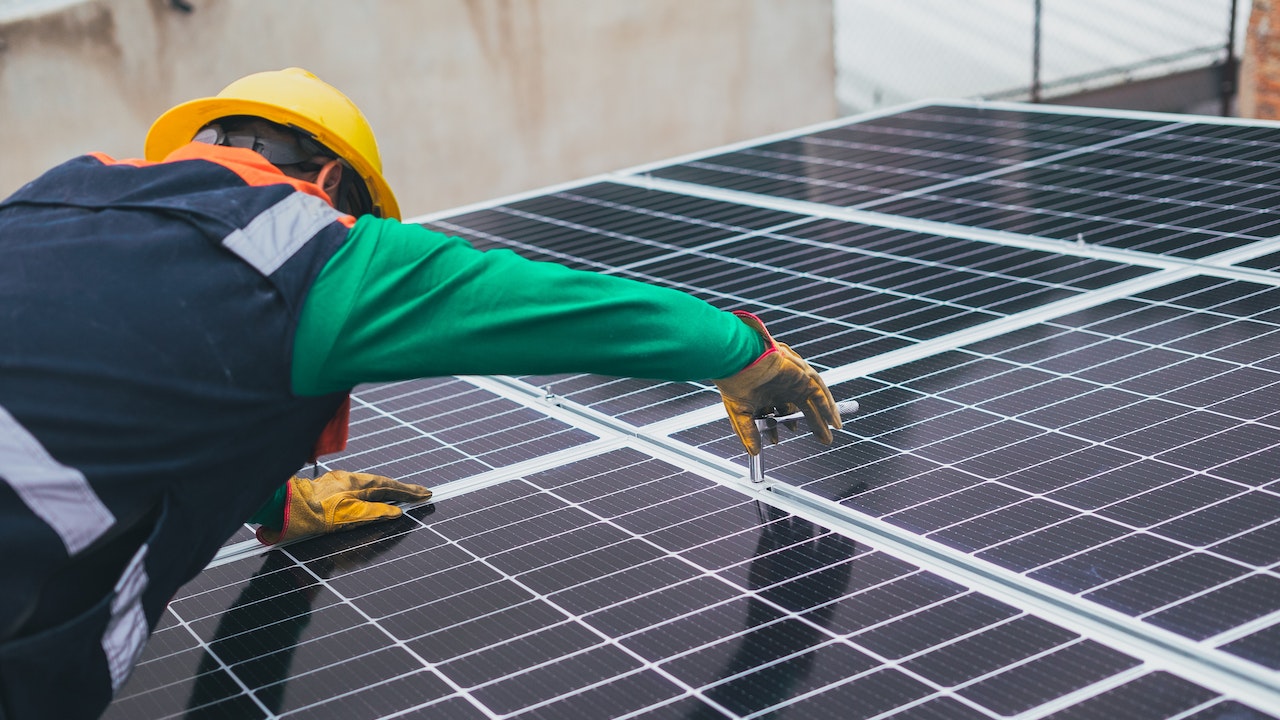Sunnier days help solar projects improve their performance this fiscal, says report

- Country:
- India
Longer sunnier days have ensured that the performance of solar power farms improved to 75 per cent in the current fiscal from 59 per cent in the year-ago period, according to a report.
Rating agency Crisil has prepared the report based on the performance of 115 solar projects aggregating to 4.6 GW of power generation and those having an operational record of at least one full year.
As per the report, 75 per cent of these projects reached P90 level of generation in the current financial year compared to only 59 per cent in the year-ago period.
P90 generation estimate indicates generation that is likely to happen with 90 per cent confidence during the project's tenure annually. For example, a P90 value of 10,000 kWh for the annual output implies that it will generate over 10,000 kWh power for 90 per cent of the time.
The performance on the P90 metric is crucial as it is used widely to estimate the cash flow cushion available for debt servicing.
A project's future cash flow are estimated at generation corresponding to the P90 level of confidence to appropriately account for volatility in solar irradiation, the agency said.
Power generation that is 1 percentage point lower than P90 level reduces debt servicing cushion by 15 per cent and lowers return on equity by 1.5-2 percentage points, it added.
Manish Gupta, a senior director at the agency, said that though an estimated 25 per cent of the projects are expected to under perform this fiscal, their median ratings are largely unaffected as 55 per cent of them had generation that was just 0-1 per cent below their P90 level and another 20 per cent fell short by 1-1.5 per cent.
The performance is expected to recover over the medium term, according to Ankit Hakhu, a director with the agency.
For instance, 2015-17 were good years with irradiation levels 2-5 per cent higher than average, followed by weaker levels in 2018-20.
Two-thirds of the underperforming projects did so because of lower irradiation. Hence, as irradiation levels improve, the performance of these projects should also recover towards expected levels, he added.
According to the report, improvement in irradiation is weather-induced and remains crucial. A longer period of dwindling irradiation can reduce confidence in cash flows, and thus curtail interest from debt and equity investors alike.
Average irradiation levels are typically 2-4 per cent higher than P90 level of irradiation expectation. It is measured as energy received at a particular project site.
(This story has not been edited by Devdiscourse staff and is auto-generated from a syndicated feed.)
- READ MORE ON:
- Crisil
- Manish Gupta
- Hakhu








